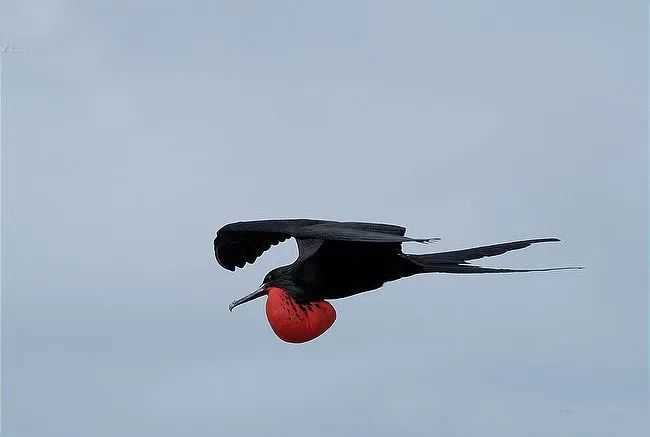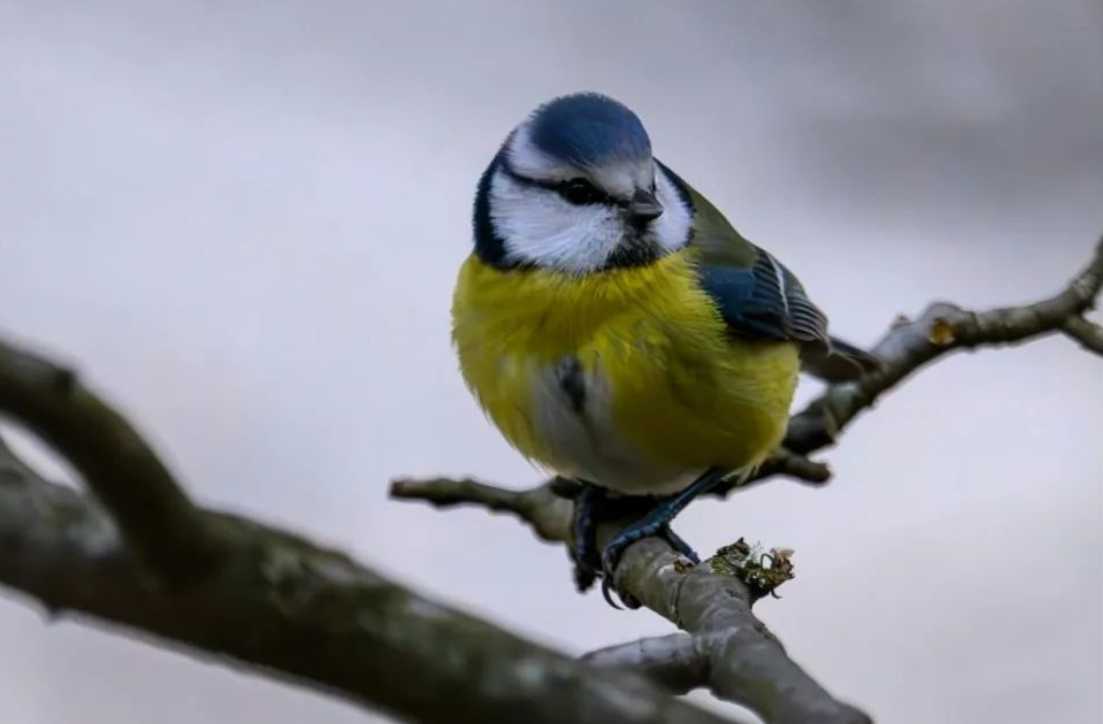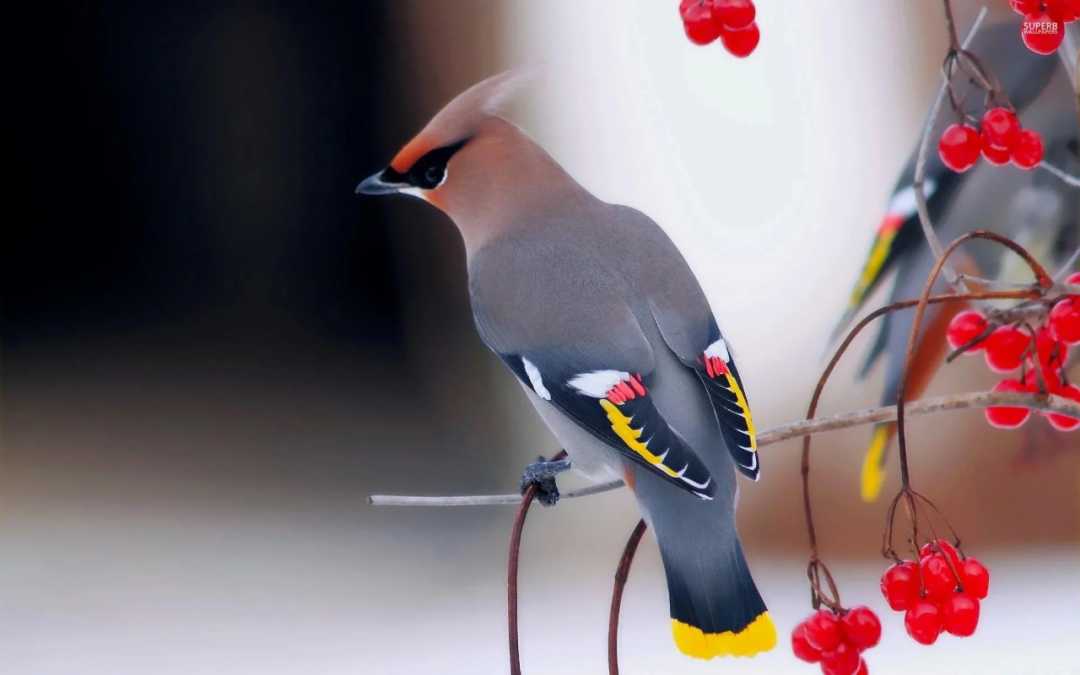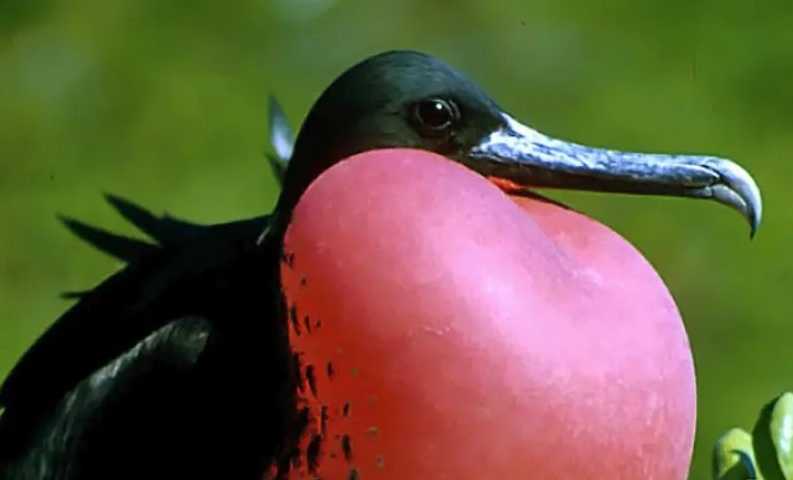Wading birds, a diverse group of avian species, have evolved to thrive in the unique ecosystems of shallow water environments, including mudflats, marshes, ponds, and irrigation canals. These habitats serve as rich feeding grounds, supporting a diet centered on crabs, shellfish, worms, and other benthic organisms that dwell in the nutrient-rich sediments.
Wading Birds: Elegant Residents of Shallow Water Habitats
Wading birds, a diverse group of avian species, have evolved to thrive in the unique ecosystems of shallow water environments, including mudflats, marshes, ponds, and irrigation canals. These habitats serve as rich feeding grounds, supporting a diet centered on crabs, shellfish, worms, and other benthic organisms that dwell in the nutrient-rich sediments.

Source: Images from the Internet, if there is any infringement, please contact the removal of
Characterized by their distinct physical adaptations, wading birds typically possess long legs, elongated necks, and specialized beaks, all finely tuned for life in shallow waters. Their lengthy legs allow them to wade through wetlands without disturbing the water’s surface, while their long necks provide the flexibility needed to strike at prey with precision. Beak shapes vary widely among species: herons and egrets have sharp, dagger-like bills for spearing fish, while ibises and spoonbills feature curved or flattened bills designed to probe mud and sift through organic matter. Many also have semi-webbed toes, enabling them to navigate both wet mud and water with ease, though they are less adapted for swimming than their fully webbed-footed aquatic counterparts.
Species such as cranes, storks, herons, sandpipers, plovers, and rails exemplify the diversity within the wading bird group. Each occupies a unique ecological niche: cranes use their powerful bills to dig for tubers in marshy soil, while sandpipers and plovers rely on keen eyesight and rapid reflexes to snatch small invertebrates from the surface of mudflats. These birds play a crucial role in wetland ecosystems, serving as both predators and indicators of environmental health. Their presence in shallow water habitats highlights the importance of conserving these often-threatened ecosystems, which are vital not only for avian biodiversity but also for carbon sequestration and water purification. As climate change and human activities threaten wetland habitats worldwide, studying wading birds offers critical insights into the resilience and fragility of these unique environments.





